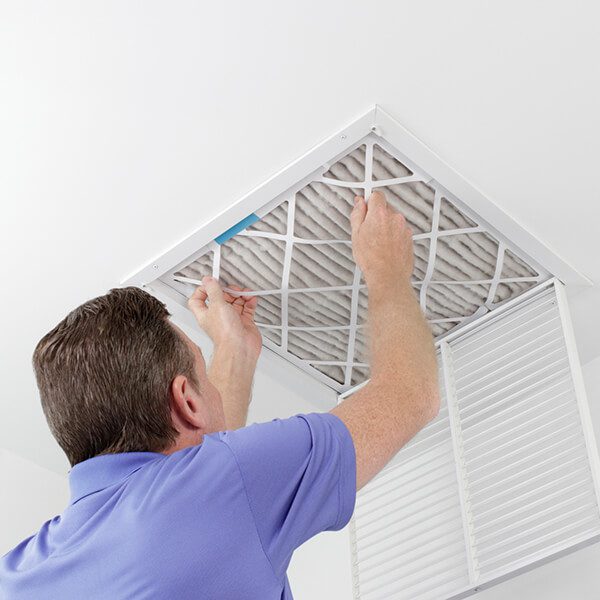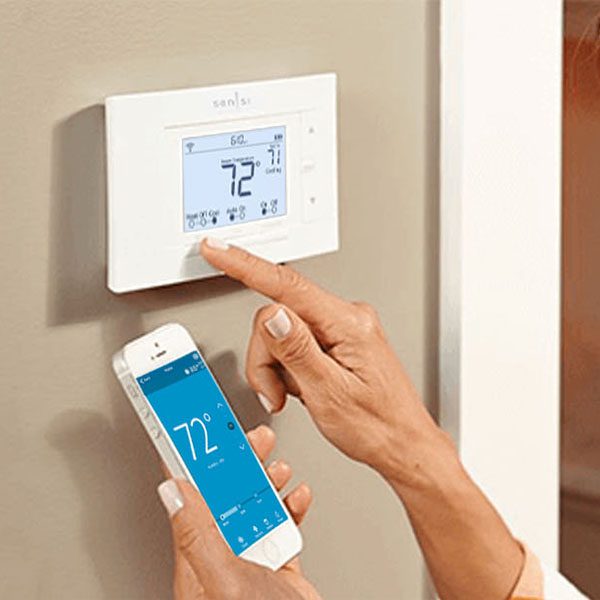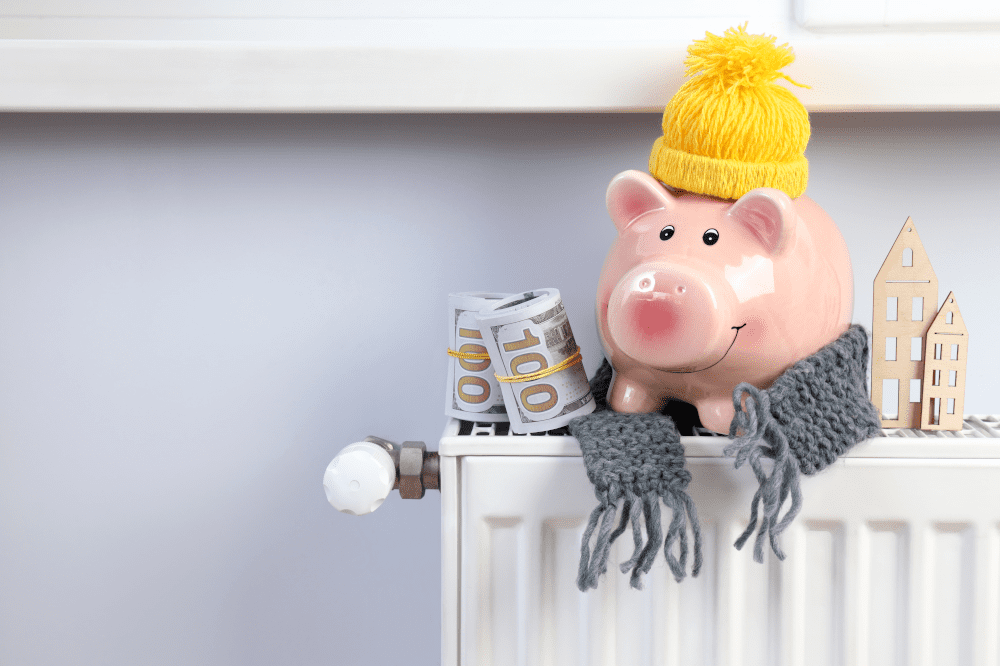
When it comes to heating ventilation and air conditioning systems (HVAC), various myths are circulating that may be increasing your energy costs. In this article, we separate fact from fiction to help you get the most out of your HVAC system and reduce energy costs.
 Myth #1: Setting Your Thermostat Very Low Cools Your Home Faster
Myth #1: Setting Your Thermostat Very Low Cools Your Home Faster
One of the most common misconceptions is that the lower the thermostat setting, the faster the air conditioning system will cool down your home. That isn’t the case. The Air Conditioning will operate at the same speed whether it’s cooling the air one degree or ten degrees. However, setting the thermostat very low will cause the Air Conditioning to run longer, increasing energy costs. Instead, it is more energy efficient to set the thermostat at the desired temperature. The air conditioner will automatically shut off when it reaches the desired temperature.
Myth #2: A bigger air conditioner will result in better comfort
A bigger HVAC system is not always better. It is more important to have the right size unit for your home. Buying an air conditioner unit that is too big for your home will not sufficiently remove humidity. It will also result in uneven cooling, with some rooms colder or warmer than others. The system will cycle more frequently, leading to premature failure and higher energy bills. It is best to consult with an experienced air conditioning professional who will recommend the right size unit for your living space.
Myth #3: It’s Cheaper to Leave the Thermostat at The Same Temperature Setting
While it may be more convenient to leave the thermostat at the same temperature, keeping the home cooler than necessary in the summer or warmer in the winter wastes energy. The U.S. Department of Energy recommends setting the thermostat 7 to 10 degrees higher in the summer and lower in the winter when leaving your home. It will reduce energy costs by up to 10%. When you return home, set the thermostat back to your desired temperature.
Myth #4: You Don’t Need to Change the Air Filter
Periodically replacing the air filter is necessary for maintaining the efficiency and performance of your HVAC system. The air filter removes allergens, dust, and other particles in the air, reducing wear and tear on the heating and air conditioning system. A dirty or clogged filter restricts airflow impeding the recirculating of air movement through the air return vent. Replacing the air filter every three months will help maintain your unit’s efficiency, improve indoor air quality, and reduce repair costs.
Myth #5: Ceiling Fans Keep Spaces Cooler
Ceiling fans don’t cool spaces; they increase air circulation, making occupants feel more comfortable. According to the University of Florida Cooperative, ceiling fans can help reduce energy costs by up to 8% when used in conjunction with a heating and air conditioning system. During the summer or warmer months, you can raise the thermostat by one to three degrees for the same comfort level when using ceiling fans. Moreover, a report by the University of Arkansas found that reversing the ceiling fans during the winter can save 20% to 30% on heating costs. Operating ceiling fans in unoccupied rooms wastes energy, so be sure to turn them off when leaving the room.
continue reading
Related Posts
Reducing Heat Loss and Lowering Energy Bills Some might not […]
The equipment that comes with your pool, the swimming pool […]
Sometimes the hardest part of a task is choosing a […]



